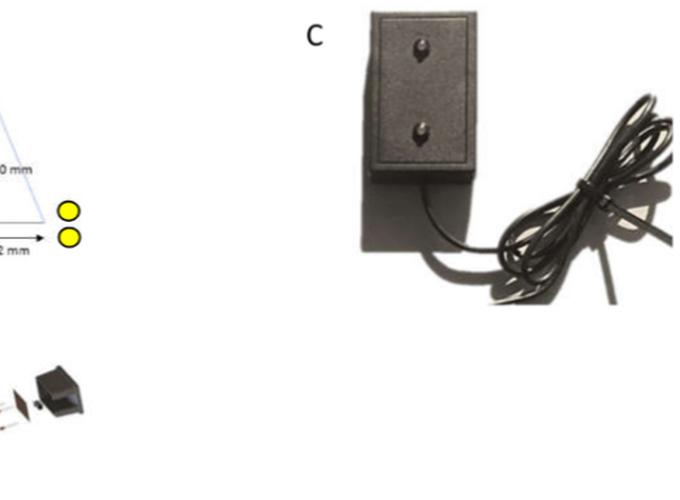Measurement & analysis of the temporal discrimination threshold applied to cervical dystonia
Abstract
The temporal discrimination threshold (TDT) is the shortest time interval at which an observer can discriminate two sequential stimuli as being asynchronous (typically 30-50 ms). It has been shown to be abnormal (prolonged) in neurological disorders, including cervical dystonia, a phenotype of adult onset idiopathic isolated focal dystonia. The TDT is a quantitative measure of the ability to perceive rapid changes in the environment and is considered indicative of the behavior of the visual neurons in the superior colliculus, a key node in covert attentional orienting. This article sets out methods for measuring the TDT (including two hardware options and two modes of stimuli presentation). We also explore two approaches of data analysis and TDT calculation. The application of the assessment of temporal discrimination to the understanding of the pathogenesis of cervical dystonia and adult onset idiopathic isolated focal dystonia is also discussed.
